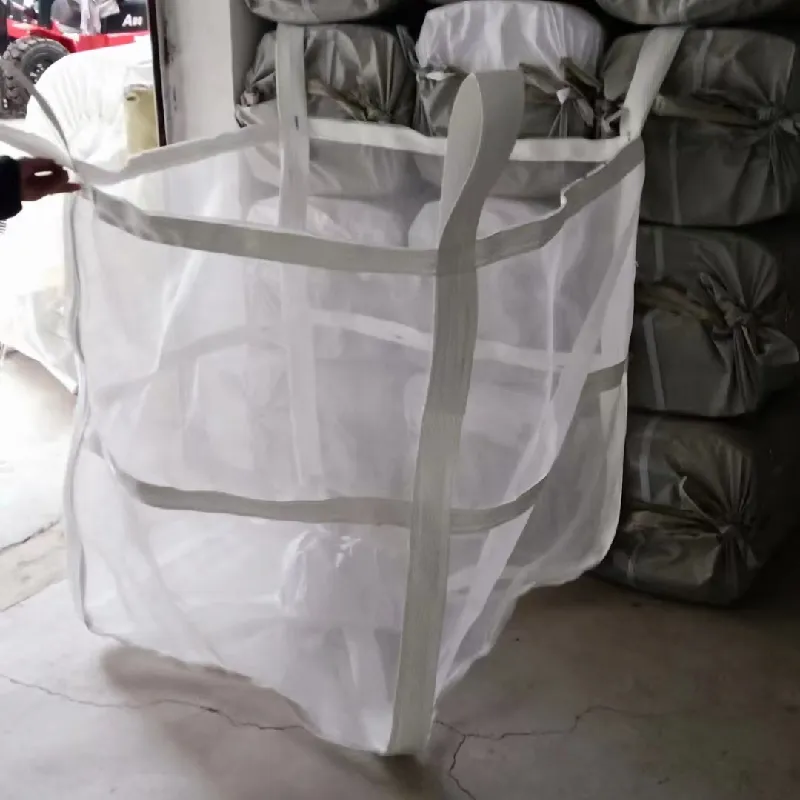-
 Afrikaans
Afrikaans -
 Albanian
Albanian -
 Amharic
Amharic -
 Arabic
Arabic -
 Armenian
Armenian -
 Azerbaijani
Azerbaijani -
 Basque
Basque -
 Belarusian
Belarusian -
 Bengali
Bengali -
 Bosnian
Bosnian -
 Bulgarian
Bulgarian -
 Catalan
Catalan -
 Cebuano
Cebuano -
 China
China -
 Corsican
Corsican -
 Croatian
Croatian -
 Czech
Czech -
 Danish
Danish -
 Dutch
Dutch -
 English
English -
 Esperanto
Esperanto -
 Estonian
Estonian -
 Finnish
Finnish -
 French
French -
 Frisian
Frisian -
 Galician
Galician -
 Georgian
Georgian -
 German
German -
 Greek
Greek -
 Gujarati
Gujarati -
 Haitian Creole
Haitian Creole -
 hausa
hausa -
 hawaiian
hawaiian -
 Hebrew
Hebrew -
 Hindi
Hindi -
 Miao
Miao -
 Hungarian
Hungarian -
 Icelandic
Icelandic -
 igbo
igbo -
 Indonesian
Indonesian -
 irish
irish -
 Italian
Italian -
 Japanese
Japanese -
 Javanese
Javanese -
 Kannada
Kannada -
 kazakh
kazakh -
 Khmer
Khmer -
 Rwandese
Rwandese -
 Korean
Korean -
 Kurdish
Kurdish -
 Kyrgyz
Kyrgyz -
 Lao
Lao -
 Latin
Latin -
 Latvian
Latvian -
 Lithuanian
Lithuanian -
 Luxembourgish
Luxembourgish -
 Macedonian
Macedonian -
 Malgashi
Malgashi -
 Malay
Malay -
 Malayalam
Malayalam -
 Maltese
Maltese -
 Maori
Maori -
 Marathi
Marathi -
 Mongolian
Mongolian -
 Myanmar
Myanmar -
 Nepali
Nepali -
 Norwegian
Norwegian -
 Norwegian
Norwegian -
 Occitan
Occitan -
 Pashto
Pashto -
 Persian
Persian -
 Polish
Polish -
 Portuguese
Portuguese -
 Punjabi
Punjabi -
 Romanian
Romanian -
 Russian
Russian -
 Samoan
Samoan -
 Scottish Gaelic
Scottish Gaelic -
 Serbian
Serbian -
 Sesotho
Sesotho -
 Shona
Shona -
 Sindhi
Sindhi -
 Sinhala
Sinhala -
 Slovak
Slovak -
 Slovenian
Slovenian -
 Somali
Somali -
 Spanish
Spanish -
 Sundanese
Sundanese -
 Swahili
Swahili -
 Swedish
Swedish -
 Tagalog
Tagalog -
 Tajik
Tajik -
 Tamil
Tamil -
 Tatar
Tatar -
 Telugu
Telugu -
 Thai
Thai -
 Turkish
Turkish -
 Turkmen
Turkmen -
 Ukrainian
Ukrainian -
 Urdu
Urdu -
 Uighur
Uighur -
 Uzbek
Uzbek -
 Vietnamese
Vietnamese -
 Welsh
Welsh -
 Bantu
Bantu -
 Yiddish
Yiddish -
 Yoruba
Yoruba -
 Zulu
Zulu
Stainless Steel Inline Strainer for Efficient Fluid Filtration and Contaminant Removal
The Importance of Stainless Steel Inline Strainers in Fluid Systems
In the realm of fluid management, the efficiency and integrity of systems depend significantly on the components used. One often overlooked essential component is the stainless steel inline strainer. This unassuming device plays a crucial role in maintaining the cleanliness and efficiency of fluid transport systems across various industries. In this article, we will delve into the functions, benefits, and applications of stainless steel inline strainers.
What is a Stainless Steel Inline Strainer?
A stainless steel inline strainer is a filtration device installed within pipelines to remove dirt, debris, and other unwanted particles from liquids and gases traveling through the system. Made from high-quality stainless steel, these strainers are designed to withstand harsh conditions, including extreme temperatures and corrosive environments, making them ideal for a wide range of applications.
How Does it Work?
Inline strainers typically consist of a mesh filter or perforated plate that captures impurities as the fluid flows through. The design of the strainer allows for easy maintenance and cleaning, ensuring that flow rates remain optimal. The mesh size can be customized depending on the application, allowing for targeted filtration based on specific requirements.
Key Benefits of Stainless Steel Inline Strainers
1. Corrosion Resistance One of the standout features of stainless steel is its inherent resistance to corrosion. This property is particularly beneficial in industries like oil and gas, chemicals, and food processing, where exposure to harsh substances is common.
2. Durability Stainless steel inline strainers are built to last. Their robust construction can withstand high pressures and temperatures, reducing the need for frequent replacements and maintenance.
stainless steel inline strainer

3. Easy Maintenance Most inline strainers are designed with accessibility in mind. They can often be cleaned and serviced without removing them from the pipeline, minimizing downtime and improving operational efficiency.
4. Versatility Stainless steel inline strainers can be utilized in various applications, from water and wastewater treatment to HVAC systems and food processing. Their versatility makes them a valuable addition to many fluid management systems.
5. Improved System Efficiency By keeping the pipeline free from contaminants, these strainers ensure that pumps and valves operate efficiently. This not only prolongs the lifespan of equipment but also enhances overall system performance.
Applications of Stainless Steel Inline Strainers
The application of stainless steel inline strainers spans multiple industries. In the food and beverage industry, they are employed to ensure that only clean fluids are used in production, thus maintaining product quality and safety. In chemical processing, inline strainers protect sensitive equipment from damage caused by particulates, ensuring smooth operations.
In water treatment plants, these strainers help prevent clogging in filtration systems, which is vital for maintaining the quality of potable water. HVAC systems also benefit from stainless steel inline strainers, as they prevent debris from accumulating in cooling and heating units, thereby improving energy efficiency.
Conclusion
Stainless steel inline strainers are a critical component in ensuring the efficiency and reliability of fluid transport systems. Their corrosion resistance, durability, ease of maintenance, and versatility make them suitable for a wide range of applications. By investing in a high-quality stainless steel inline strainer, industries can enhance their operational efficiency, prolong the lifespan of their equipment, and maintain the integrity of their fluid systems. As technology continues to evolve, the role of inline strainers is likely to grow even more significant, solidifying their position as indispensable tools in fluid management. Whether in a manufacturing facility, a treatment plant, or an HVAC setup, these devices are a small but mighty component that plays a significant role in the smooth operation of complex systems.
-
Shipping Plastic Bags for Every NeedNewsJul.24,2025
-
Safety Netting: Your Shield in ConstructionNewsJul.24,2025
-
Plastic Mesh Netting for Everyday UseNewsJul.24,2025
-
Nylon Netting for Every UseNewsJul.24,2025
-
Mesh Breeder Box for Fish TanksNewsJul.24,2025
-
Expanded Steel Mesh Offers Durable VersatilityNewsJul.24,2025











